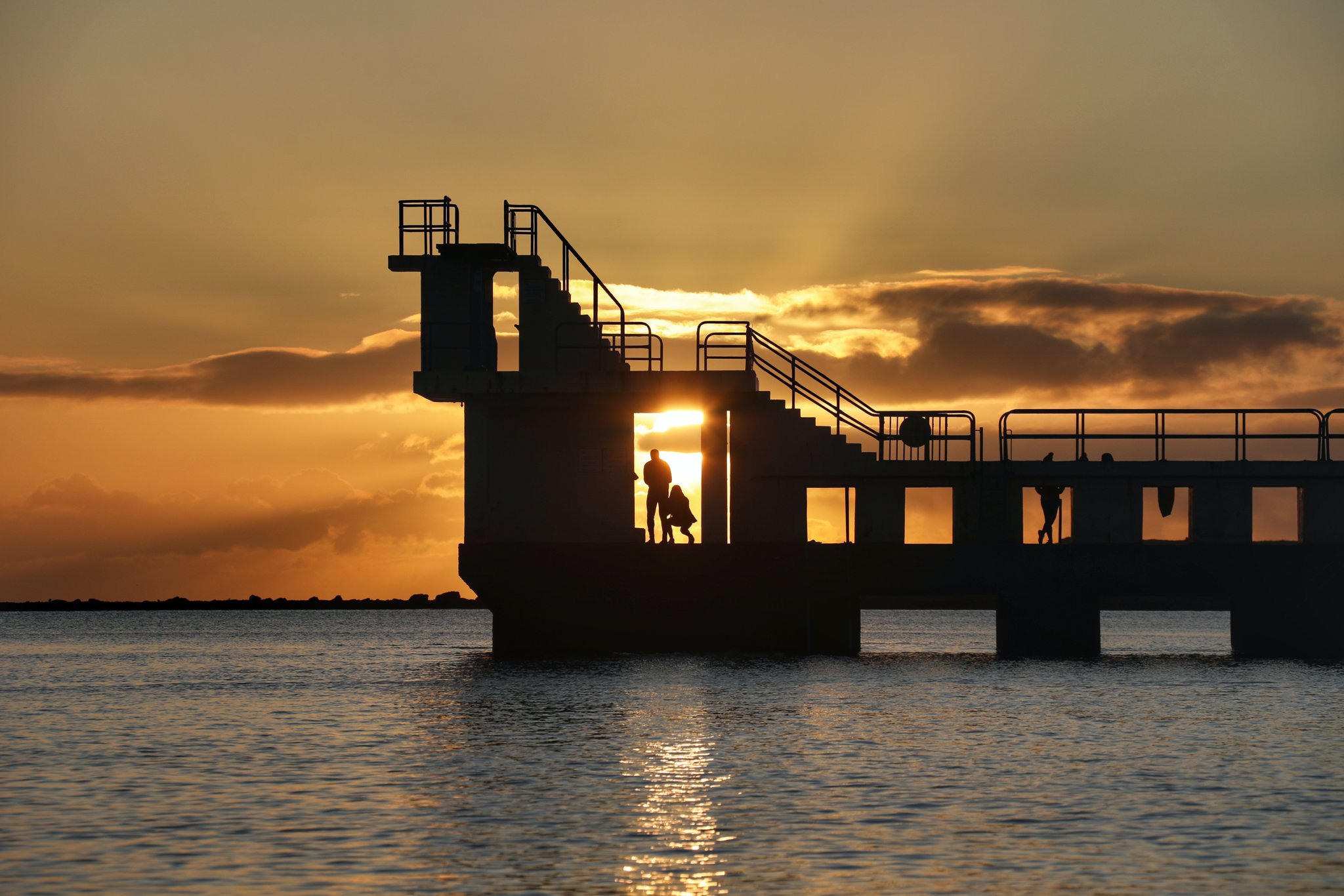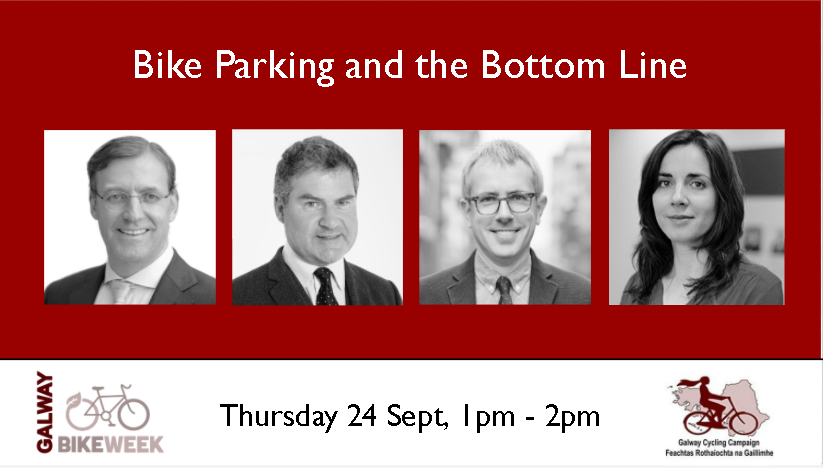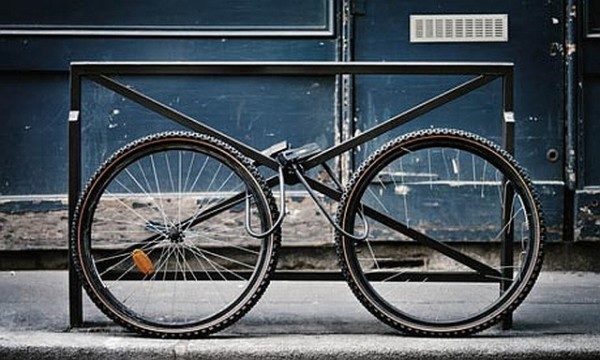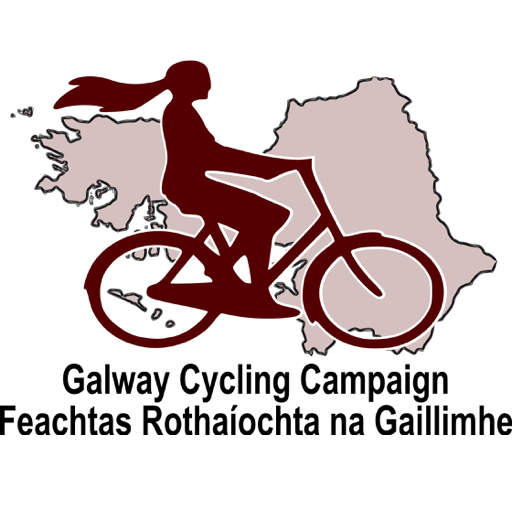Tag: cycle parking
-

Social cycle/ Cycle and Swim to celebrate the Autumn Equinox
Cycle your own way to Salthill and join us at Blackrock diving tower with the regular Blackrock swimmers to celebrate the Autumn Equinox at dawn.
-

Lunchtime webinar / Bike Parking and the Bottom Line with Dutch Ambassador, HE Adriaan Palm
The Embassy of the Netherlands, Dutch Cycling Embassy, Dublin Town, and Development Studies Association of Ireland at Trinity College Dublin join Galway Cycling Campaign to discuss Bike Parking and the Bottom […]
-

Photocall / ‘Lock it or Lose it’ with An Garda Síochana
Galway Cycling Campaign teams up with Sgt Mick Walsh, Crime Prevention Officer with An Garda Síochana, Western Headquarters, to launch a video as Gaeilge about how to safely lock your […]
